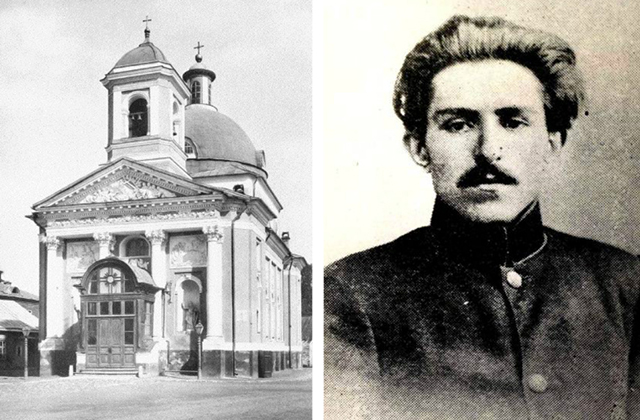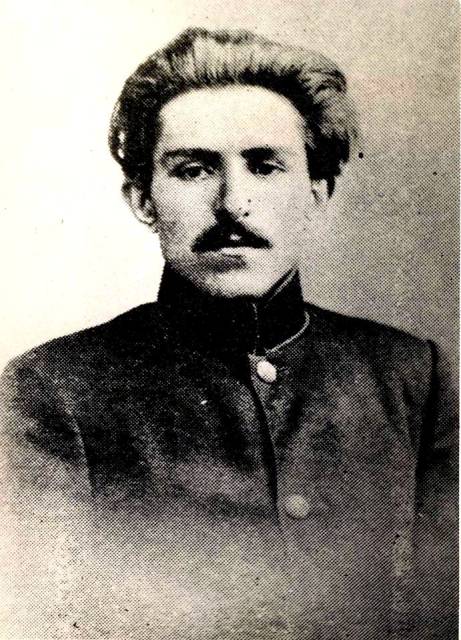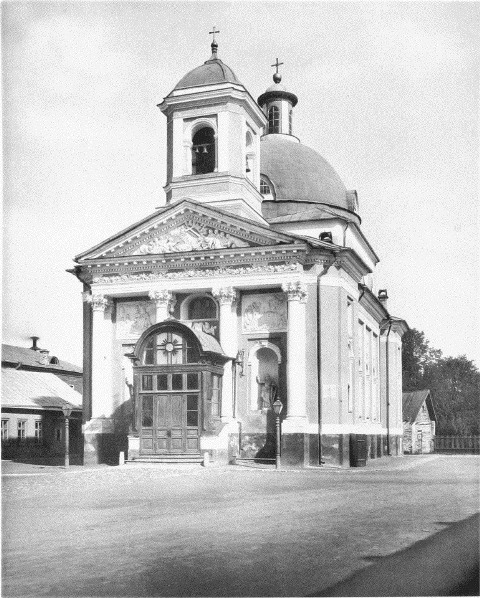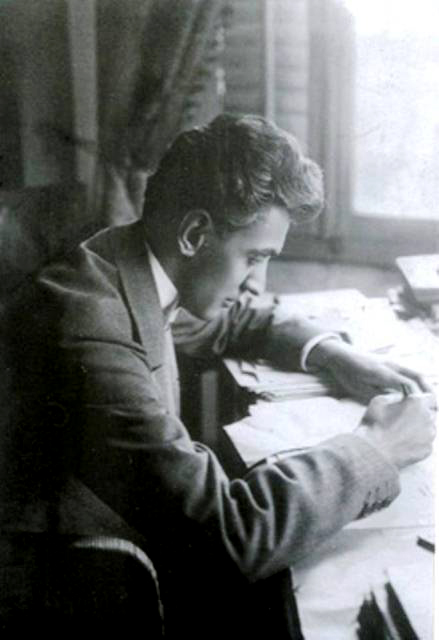
How Teryan Saved Treasures of Etchmiadzin

This a bit mysterious and amazing story generated in winter of 1914, when Russian and Turkish armies clashed near Sarikamish. The threat was big that raiders of Enver Paşa would invade up to Yerevan in case of failure of Russians. Alarmed by the impending disaster, Catholicos of all Armenians Gevorg V makes an ultimate decision. He invites higher clergy of the church and offers to move all manuscripts and precious items kept in Etchmiadzin to Moscow.
The decision was unexpected. However, the Catholicos succeeds to ground, that it’s difficult to find a safer place at that moment. Thus, activities of moving Etchmiadzin’s treasures begins. One of the major conditions was to move everything under top secrecy. All the items were kept in 147 big containers and sealed with the seal of His Holiness. Then they are taken to the station and under control of three trusted people head for Russia.

The precious burden arrives in Moscow in February 1915. Members of the Armenian Committee were aware and undertook all necessary preparations. Major issue was choice of shelter for them in the city. Three possible variants have been offered, but when they sent a telegram to Catholicod Gevorg V, the latter was categorically against keeping the containers in a private establishment and ordered to hand them to Church of the Holy Cross (Surb Khach) in Moscow.
Fortunately, names of the people, who had immediate participation in saving Armenian cultural values, are preserved in written sources. The list is rather broad. Names of two of them should be singled out—Member of Moscow’s Armenian Committee Alexander Torosyan-Tarasov, grandfather of world-famous writer Henry Troyat, and painter Martiros Saryan. They were also in the station when the train arrived.

Holy Cross Church in Moscow, where Poghos Makinyants and Vahan Teryan kept treasure of Etchmiadzin
Lots of carriages have been rented. Each carriage was keeping a few containers, and two members of the Armenian colony were to accompany the containers until the church. Two tabernacles have been separated in the Holy Cross Church to keep the treasures. Initially solid steel doors have been ordered and were already carrying metal shutters. And when finally they safely reached to the destination, doors were sealed and the period of lasing keeping began.
Moscow based Armenians, who knew about that, were sitting up together with the priests at nights. Once in two months doors were being opened for a few hours to save the manuscripts from humidity. And outside world-shaking events were being developed. The Bolshevik revolution won, new authorities came to power, and among them Poghos Makinyants was found, who was appointed Deputy People’s Commissar of RSFSR People’s Commissariat for Nationalities. He couldn’t but know about the 147 containers brought from Etchmiadzin.

So, one day news was spread that Makinyants made a decision to move the Armenian church wealth from Holy Cross to Russian Museum of Emperor Alexander III (presently State Historical Museum). This information became the reason for violent unrest and anger among the Armenians. Everybody perfectly realized that it was utter infringement against national values, so, they decided to oppose. A special session was launched. Decision was made to unify and protect treasures of Etchmiadzin. However, prior to that they found it proper to send a small delegation and offer him to refrain from a dangerous venture. And the selected five delegates were sent to Makinyants’s apartment. And here the fluke was helpful at a desperate situation.
Dean Arsen Simonyants, who was also present there, tells that they meet writer Vahan Teryan at the house of Makinyants. Teryan was not only Makinyants’s close friend, but also councilor on Armenian affairs at the People’s Commissariat for Nationalities. Learning about the purpose of the visit, the writer enters with the guests. Accepting the unexpected guests, Makinyants again confirms his decision, saying that church is a very unsafe place and kept items may be stolen, manuscripts may be damaged from humidity, meanwhile he intends to introduce those prominent records of the culture of Armenian nation to Russian workers and scientific world, and for this very purpose he intends to take them to the museum and even appoint Armenologist Nicholas Adontz as head of the department of manuscripts.
It was Teryan’s turn. The latter contradicts him and enumerates a range of counterarguments, saying property of the Armenian people can’t become a property of an alien country, and that German troops launched counteroffensive and may take Moscow as well. Priest Arsen memorized words of the Armenian writer, “Indeed, Poghos, the safest place for our manuscripts may be considered the Armenian church, as it’s a tranquil place and nobody attaches attention to that, even Germans, if they take Moscow. And I consider they should be kept there and not move to any other place.”
It should be noted, that Teryan had a great influence on Makinyants. If the latter was distinguished with his irrepressible character, then balanced Teryan almost always succeeded to find proper arguments and change the mind of his friend. The same happened in this case as well. Giving way to pressure Makinyants agreed that the containers remained in the church, although he offered to seal them with the seal of the first secretary. However, it was the lesser of two evils.
Unfortunately, Vahan Teryan didn’t live till the day, when with his help the saved treasures would again head for Armenia. Based on some information, 4060 manuscripts reached to Armenia from Moscow in April 1922. This time all the items were placed in 137 trunks. According to some allegations 30 of 147 containers disappeared, where the most expensive items were being kept. Instead, a message was printed in “Soviet Armenia” newspaper 5 September 1923, “During the Tajik invasion of 1914 manuscripts and antiquities moved to Moscow from Etchmiadzin and recently were taken back to Yerevan and placed in the museum, then moved to Etchmiadzin Matenadaran. The antiquities were kept in 140 containers, one of which was opened, which contained paintings of Aivazovsky, and which were hung in the gallery of the museum.”
By Hovik Charkhchyan






















